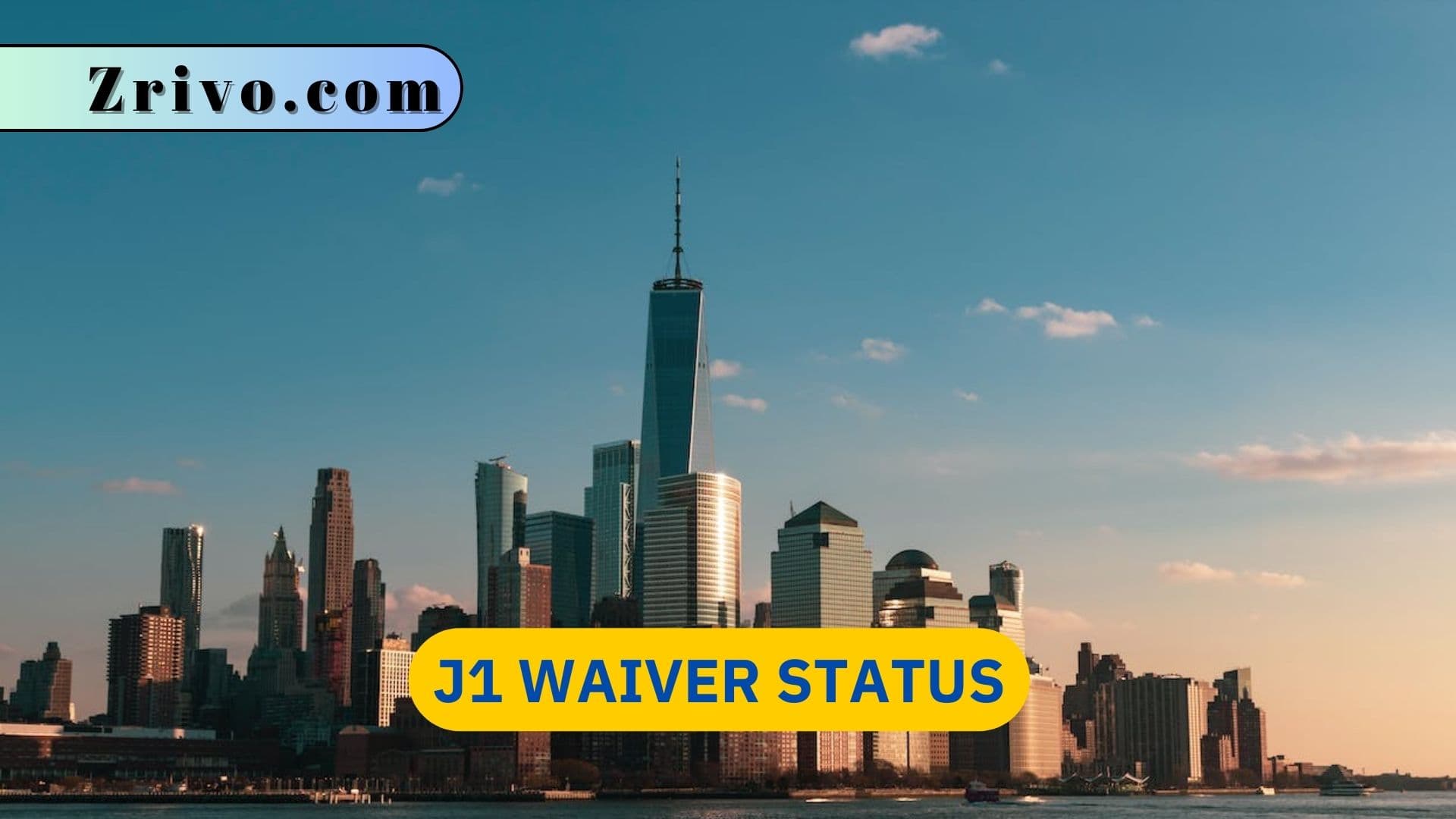
The J-1 waiver process varies depending on the individual’s situation and the requirements of their country. The Department of State (DOS) requires a letter of support from a sponsoring organization or government agency, a statement of reasons why the two-year home-country physical presence requirement should be waived, and other supporting documents. In addition, an application for a waiver of the requirement must be submitted to USCIS along with the appropriate fees. Once all of the required paperwork has been filed, it typically takes a few months for the waiver to be approved by the DOS. Once the waiver has been approved, the individual can begin work in the United States.
A few different types of waivers are available for individuals in J-1 status, including the State Health Agency request, the Conrad program, and Physician National Interest Waiver (PNIW). In order to qualify for either a State Health Agency request or the Conrad Program, an applicant must be working at a medical facility in a federally designated Health Professional Shortage Area (HPSA). In addition, they must also have a letter of support from the sponsoring organization and meet the other requirements of the waiver.
The PNIW option allows foreign medical graduates working in HPSAs to apply for a waiver of the two-year home-country physical presence rule. Applicants can qualify for this waiver by showing that they are serving in the public interest and that their work would be significantly impaired without a waiver.

How Do I Check the Status of My J-1 Waiver?
If you have submitted an application for a J-1 visa waiver, keeping track of J-1 Waiver status is important. The Department of State’s website makes it easy to check the status of your waiver by entering your case number. This tool also shows whether or not the DS 3035 form and other supporting documents have been received.
Once the DS 3035 is received, it is forwarded to USCIS, which makes the final decision on the waiver. USCIS can approve or deny the waiver on any of a number of statutory bases, including exceptional hardship and persecution. The two-year home country presence requirement can also be waived by demonstrating that you have committed to practicing in a medically underserved area or population.
Each year, MDH recommends between 20 and 30 waivers to physicians for sites located in federally designated Health Professional Shortage Areas (HPSA), Medically Underserved Areas or Populations, or a combination of HPSA and MUA/MUP. Up to 10 of the waivers may be for placements not located in an HPSA but which serve a significant proportion of people living in a shortage area. If you change work locations during your sponsorship, this needs to be reported to MDHHS, and a new waiver application will need to be filed with the Waiver Review Division. This process can take up to three years.